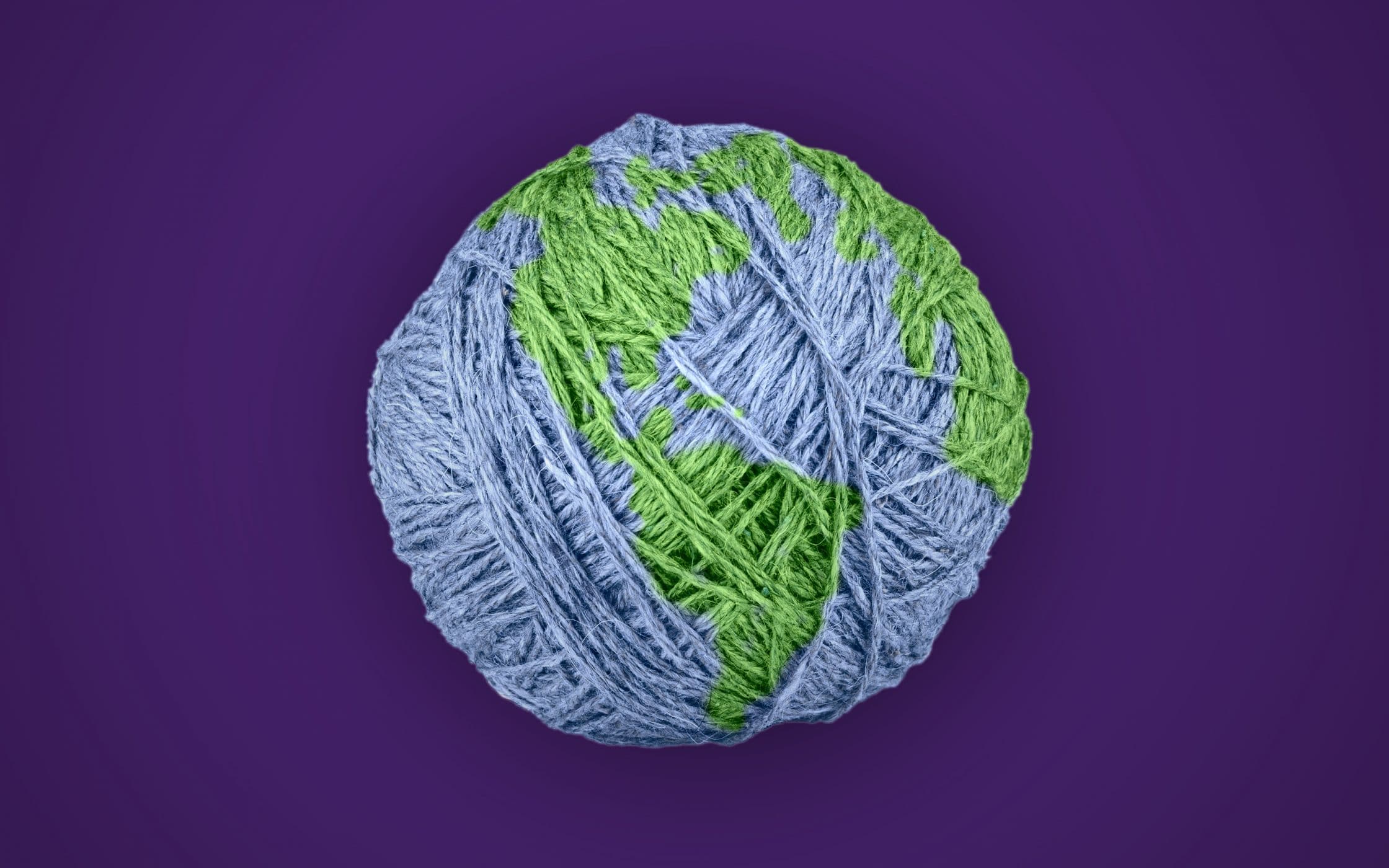Stay Ahead of the Contour by Discovering Innovative Fashion Trends
In a market as dynamic as fashion, staying ahead includes greater than just complying with existing trends-- it demands an exploration of development. Smart textiles, for example, are transforming garments right into useful masterpieces, while 3D printing is reinventing layout procedures with its customizable, waste-reducing capacities. As sustainability ends up being a keystone, advancements like environmentally friendly products and round style techniques are reshaping ecological duty - Cape Town Sustainable Fashion. In addition, the merging of technology and fashion declares a brand-new period of consumer interaction. Just how, then, can these emerging patterns redefine the future of style, and what implications do they hold for brands looking for to grow in this developing landscape?

Accepting Smart Textiles
In current years, the apparel industry has actually witnessed a transformative shift with the assimilation of clever textiles, an innovative innovation that blends innovation with textile. This evolution represents not just a blend of appearances and performance yet also a considerable jump in the direction of sustainability and personalization in fashion. Smart textiles, likewise referred to as e-textiles, embed sophisticated electronic devices such as sensing units and conductive threads within the material, enabling garments to communicate with the user or the environment.
These textiles are created to monitor physiological parameters, such as heart rate or body temperature, supplying real-time health and wellness analytics. Past health and wellness applications, clever fabrics are additionally being utilized for adaptive clothing, which can change color or pattern in feedback to ecological stimulations, therefore offering a vibrant style experience.
In addition, the growth of energy-harvesting fabrics that produce power from movement or sunlight is leading the way for self-dependent wearable innovation. This technology is appealing to eco aware customers and developers intending to decrease the ecological footprint of fashion. As r & d in this field advancement, clever fabrics are anticipated to end up being increasingly prevalent, reshaping the landscape of contemporary fashion with their multifunctional capacities.
The Rise of 3D Printing
Transforming the manufacturing landscape, 3D printing has arised as a game-changer in the garment industry. This advanced technology has actually allowed designers to push the limits of imagination, creating intricate and customized garments that were formerly unthinkable. By leveraging electronic design and additive production, 3D printing promotes the creation of intricate geometries and patterns, allowing designers to try out brand-new structures and frameworks.
A notable benefit of 3D printing in style is its ability to create on-demand, decreasing waste and decreasing supply needs. This effectiveness not just maximizes production processes however additionally permits fast prototyping, making it possible for developers to bring their visions to life in a shorter timeframe. Moreover, 3D printing sustains modification to a degree unrivaled by standard approaches, offering one-of-a-kind designs and customized fits tailored to private customer choices.
The surge of 3D printing has actually also democratized style, making it easily accessible to arising developers that can currently make top quality pieces without substantial monetary investment in conventional manufacturing facilities. As innovation remains to development, the fashion business is positioned to harness the complete possibility of 3D printing, discovering brand-new products and methods that will undoubtedly redefine how fashion is conceived and produced.
Sustainable Fashion Innovations
As the apparel industry faces journalism requirement for environmental responsibility, sustainable fashion technologies have actually emerged at the forefront of transformative change. The expanding understanding of environmental impact has actually sustained a shift in the direction of even more eco-conscious methods and materials. Developers and brand names are currently focusing on sustainability, incorporating approaches that decrease waste and minimize carbon footprints.
One significant advancement is the click here to read rise of round fashion, which highlights recycling and upcycling to expand the lifecycle of garments. This technique not only minimizes waste yet also motivates customers to adopt an extra mindful technique to clothing usage.
An additional development lies in the fostering of innovative dyeing methods that make use of natural dyes or waterless processes, thereby lowering the vast amounts of water and chemicals commonly used in textile dyeing. Moreover, innovations in biotechnology have resulted in the development of lab-grown natural leather and fabrics, providing cruelty-free and eco friendly choices to conventional materials. With these introducing initiatives, the garment industry is making significant strides in the direction of an extra lasting future.

Tech-Integrated Apparel
Tech-integrated apparel stands for a cutting-edge fusion of fashion and technology, reshaping just how people communicate with their clothing. This cutting-edge domain name is marked by the incorporation of clever textiles and ingrained electronic elements, improving both performance and aesthetic appeal. From fitness trackers embedded in sports apparel to warmed jackets controlled using mobile phone apps, tech-integrated garments uses customers unprecedented convenience and adaptability.
Pioneering brands are driving this fad, concentrating on developing garments that respond to environmental stimulations or customer commands. For instance, some garments can alter color or pattern in feedback to temperature level shifts, while others incorporate biometric sensors to check health metrics like heart price or stress degrees. The smooth assimilation of innovation into fabrics additionally reaches environmental sustainability, with initiatives to create self-cleaning materials or garments that adapt to climate condition, thus minimizing the demand for multiple layers.
Moreover, the introduction of wearable innovation is not just limited to clothes but includes accessories like watches and eyewear, further broadening the scope of tech-integrated fashion. As the sector remains to introduce, the potential for modification and personalization in garments grows, offering customers distinct, tech-enhanced fashion experiences that satisfy their individual demands and choices.
Future of Virtual Fashion
Recently, the future of virtual style has arised as a transformative force within the sector, leveraging improvements in digital modern technology to redefine exactly how style is created, experienced, and eaten. By integrating increased truth (AR), digital reality (VIRTUAL REALITY), and 3D design devices, designers can currently craft immersive and interactive experiences that transcend traditional fashion borders. Online style enables the production of garments that exist solely in digital settings, providing countless possibilities for advancement without the limitations of physical manufacturing.
This electronic shift not just presents chances for imaginative expression however additionally addresses sustainability concerns intrinsic in typical fashion methods. Cape Town Sustainable Fashion. By removing the need for physical resources, online style reduces waste and reduces carbon impacts. In addition, the rise of online style straightens with the increasing consumer demand for one-of-a-kind and personalized experiences, as online garments can be personalized and customized to individual preferences with simplicity

Verdict
The garment industry's future hinge on the combination of sustainable practices and cutting-edge innovations - Cape Town Sustainable Fashion. Smart textiles and tech-integrated apparel are enhancing functionality, while 3D printing offers possibilities for personalization and waste reduction. Sustainable style, with environmentally friendly products and round approaches, shows a commitment to ecological stewardship. Additionally, digital fashion is poised to redefine consumer communications. Adjusting to these trends is crucial for brands looking for to continue to be affordable and view publisher site relevant in this swiftly developing landscape.
In current years, the style industry has experienced a transformative change with the integration of smart textiles, a sophisticated innovation that blends innovation with material.As the style sector grapples with the pushing need for environmental responsibility, sustainable fashion advancements have actually arised at the center of transformative adjustment.In current years, the future of virtual style has actually emerged as a transformative pressure within the sector, leveraging advancements in digital technology to redefine how fashion is created, experienced, and consumed. The rise of digital style straightens with the increasing customer need for one-of-a-kind and personalized experiences, as digital garments can be tailored and customized to private preferences with simplicity.
The fashion industry's future lies in the assimilation of sustainable practices and innovative modern technologies.
Comments on “Supporting Local Cape Town Sustainable Fashion for a Greener Future”